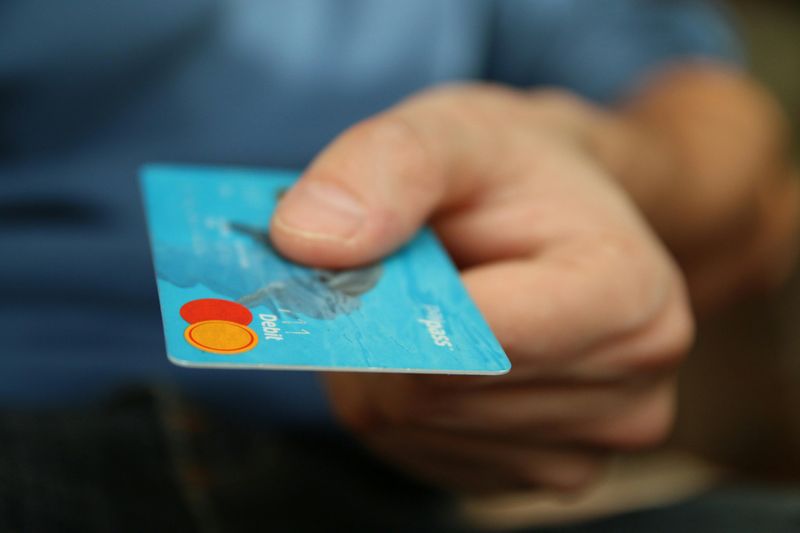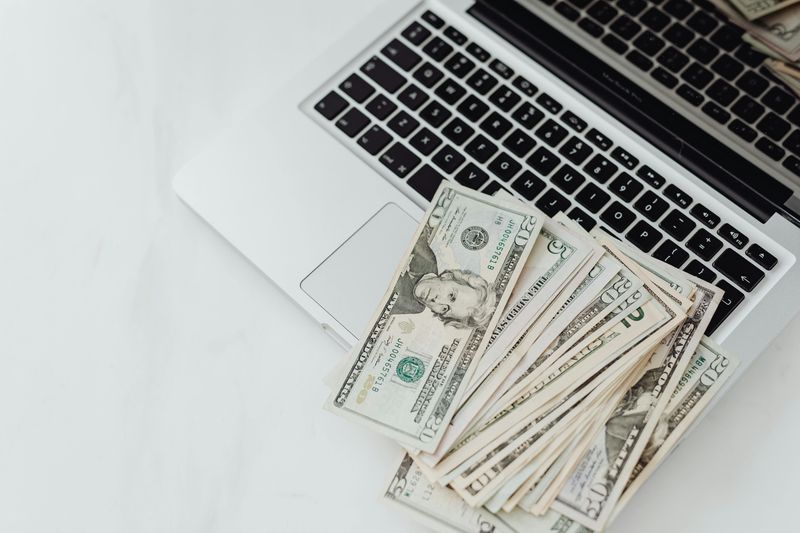Are You Overspending Without Realizing It? 9 Sneaky Budget Busters

Money seems to vanish from our wallets and bank accounts faster than we can track it. Many of us wonder where our hard-earned cash goes each month, despite our best efforts to save. The truth is, sneaky spending habits can drain our finances without setting off any alarm bells. Let’s uncover these hidden budget busters that might be silently eating away at your savings.
1. Subscription Overload

Monthly subscriptions pile up faster than laundry! From streaming services to fitness apps, these small charges create a significant dent in your finances when combined.
Most people completely forget about subscriptions they rarely use. Take a moment to list all your recurring payments – you’ll likely discover at least one or two services you barely touch.
Consider sharing accounts with family members or friends where possible, and set calendar reminders to review your subscriptions quarterly. Those $9.99 charges add up to hundreds yearly when left unchecked.
2. The Coffee Shop Habit

That morning latte might seem harmless, but multiply $5 by 20 workdays and suddenly you’re spending $100 monthly just on coffee! The convenience of grabbing coffee on the go creates a sneaky financial leak.
Many coffee lovers don’t realize they could buy a quality coffee maker for the price of two weeks’ worth of café purchases. Plus, making coffee at home takes just minutes once you establish a routine.
Try limiting café visits to once or twice weekly as a treat rather than a daily necessity. Your wallet will thank you, and you might even discover you enjoy your home-brewed cup more.
3. Unused Gym Memberships

January’s fitness resolutions often lead to year-round financial commitments most people barely use. The average gym membership costs $40-$50 monthly, yet studies show 67% of memberships go unused!
Gyms count on this behavior – their business model depends on signing up more members than could possibly use the facility at once. Many make cancellation deliberately complicated, hoping you’ll just keep paying.
Before committing, honestly assess your schedule and preferences. Consider pay-per-visit options, home workouts, or outdoor activities that cost nothing. If you haven’t visited in three weeks, it’s probably time to cancel.
4. Grocery Shopping Without a Plan

Wandering through grocery aisles without a list is like giving your money permission to disappear! Impulse purchases typically increase your bill by 20-40% above what you actually need.
Hungry shopping makes matters worse – studies show people spend up to 70% more when shopping on an empty stomach. Those chocolate-covered almonds suddenly seem essential rather than optional.
Create a meal plan before shopping and stick to a list. Shop after eating, not before. Even better, try online grocery ordering where you can see your total before checking out, making it easier to remove unnecessary items.
5. Convenience Food Trap

Pre-cut fruits, ready-made meals, and individually packaged snacks cost dramatically more than their whole-food counterparts. You’re paying a premium for someone else to do simple preparation work!
A pre-made salad might cost $8-12, while the same ingredients purchased separately might total $3-4. Similarly, pre-cut fruit often costs 3-4 times more than buying whole fruit.
Spend one hour weekly prepping basics like chopped vegetables, portioned snacks, and simple meal components. This small time investment saves serious money and often results in healthier eating habits since you control ingredients and portions.
6. Food Delivery Service Addiction

Food delivery apps make ordering dinner dangerously simple, but the convenience comes at a steep price. Between delivery fees, service charges, and inflated menu prices, you’ll pay 30-50% more than dining in the restaurant!
Many users don’t realize these apps mark up restaurant prices beyond what you’d pay in person. Add tips and fees, and your $15 meal easily becomes a $25+ expense.
Challenge yourself to cook at home on weeknights and save delivery for special occasions. When you do order, pick up the food yourself when possible – you’ll save on delivery fees and get some fresh air in the process.
7. Sale-Driven Purchasing

“Save 50%!” sounds great until you realize you’re still spending 50% on something you might not need. Flash sales and limited-time offers create artificial urgency that bypasses our logical thinking.
Retailers strategically use these tactics knowing that sale prices trigger pleasure centers in our brains. The dopamine hit from scoring a “deal” can override practical considerations about whether the purchase is necessary.
Before buying sale items, wait 24 hours and ask yourself if you’d buy it at full price. If not, you probably don’t really need it. Remember: it’s only a bargain if it’s something you genuinely needed anyway.
8. Banking Fees Blindspot

Banks quietly collect billions in fees that many customers never notice. ATM charges, minimum balance fees, and monthly maintenance costs slowly drain accounts while flying under the radar.
The average American pays over $300 annually in bank fees, much of which could be avoided. Overdraft fees are particularly costly, often $35 per occurrence – a steep price for a simple timing mistake.
Review your bank statements specifically looking for fees. Consider switching to credit unions or online banks that offer no-fee accounts. Set up balance alerts to avoid overdrafts, and use your bank’s ATM network exclusively to eliminate those $3-5 charges that seem small but accumulate quickly.
9. Energy Efficiency Neglect

Leaving electronics plugged in, ignoring drafty windows, or running half-empty dishwashers silently increases your utility bills month after month. These habits create “phantom expenses” that most people never connect to their spending patterns.
Vampire power – electricity used by devices when turned off but still plugged in – can account for up to 10% of your electric bill. Meanwhile, a poorly insulated home loses money through every crack and gap.
Simple fixes like smart power strips, programmable thermostats, and basic weatherstripping can save hundreds yearly. Replace old appliances with energy-efficient models when possible – the upfront cost often pays for itself within a year or two.

Comments
Loading…